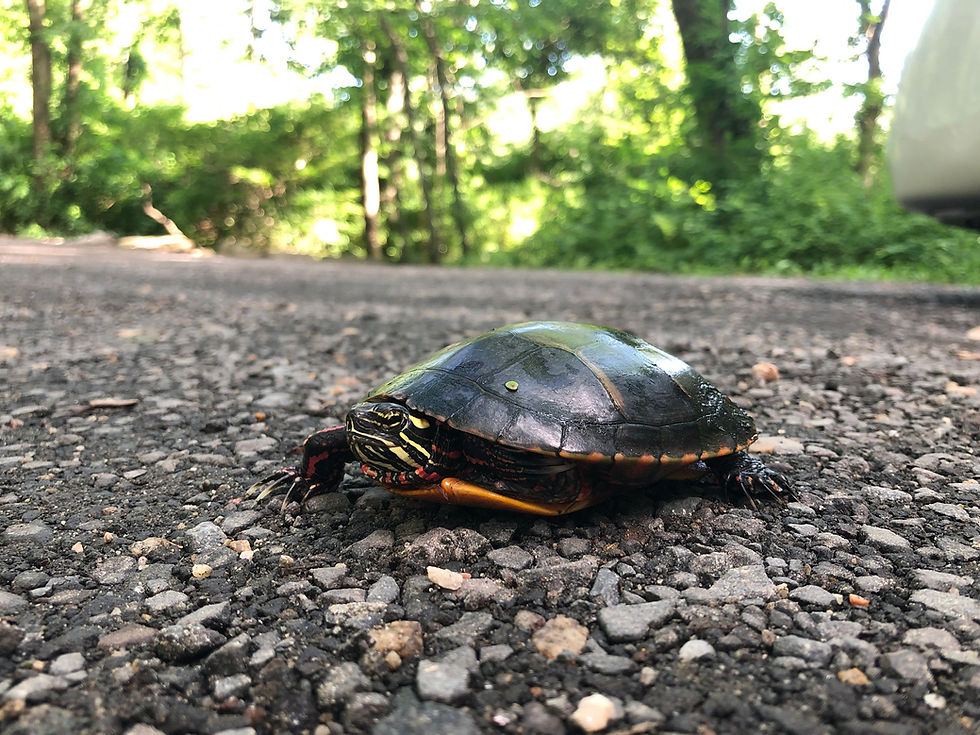Functions of Fallen Leaves

By Tommy McCarthy, Environmental Educator
One of the most distinctive things about autumn in New England is all the falling leaves. Every year we marvel at the beautiful shades of orange, red and yellow as they change and float gently down from the trees. It is a pleasure to witness this burst of color and change, and it makes every moment outdoors feel like something you want to hold onto and never let go of. This is the main part of fall that we love to look at and appreciate, but there is more to this season than meets the eye.
Consider a fallen leaf. We don’t think too much of them once they have lost their vibrance and are littered across our lawns and trails. In fact, we often make a point of removing them. This is where our ability to see beauty in the natural world begins to wane, because it is not always visually obvious. The layer of dead leaves that is left behind at the end of the season is an absolutely vital part of the ecosystems we love. For one, letting the leaves remain where they land provides important overwintering habitat for charismatic critters like wooly bear caterpillars, bumblebees, and ladybugs. When more of these creatures survive the winter, it has a positive and profound ripple effect when spring comes around. More pollinators, more predatory insects to control garden pests, and more food for larger animals like birds which rely on a healthy population of protein-rich insects to feed their young.
Additionally, the fallen leaf litter plays a huge role in what is known to ecologists as “nutrient cycling”. The fallen leaves are full of nutrients that are important to both plants and animals, and those “locked up” nutrients become accessible once again through a variety of processes. One such process is decomposition – the leaves are broken down by tiny critters, and over time the blanket of leaves is transformed into a layer of nutrient rich soil. Leaves also make their way into freshwater streams and ponds, where aquatic insect communities are able to thrive by feeding on them. These insects become food for larger animals in and outside of the water, and so the nutrients in fallen leaves end up indirectly contributing to the health of bird, fish, mammal and reptile communities.
Personally, having this sort of knowledge helps me to see a different sort of beauty I was not always aware of. As fall comes to a close and the colors fade, the layer of crunchy brown leaves is not something to get rid of, rather it is something to ponder and appreciate. In a way, it is nature performing an act of self-care – providing shelter to its inhabitants and putting a pause on energy expenditure so that it may instead use what it has left to replenish and recharge.





